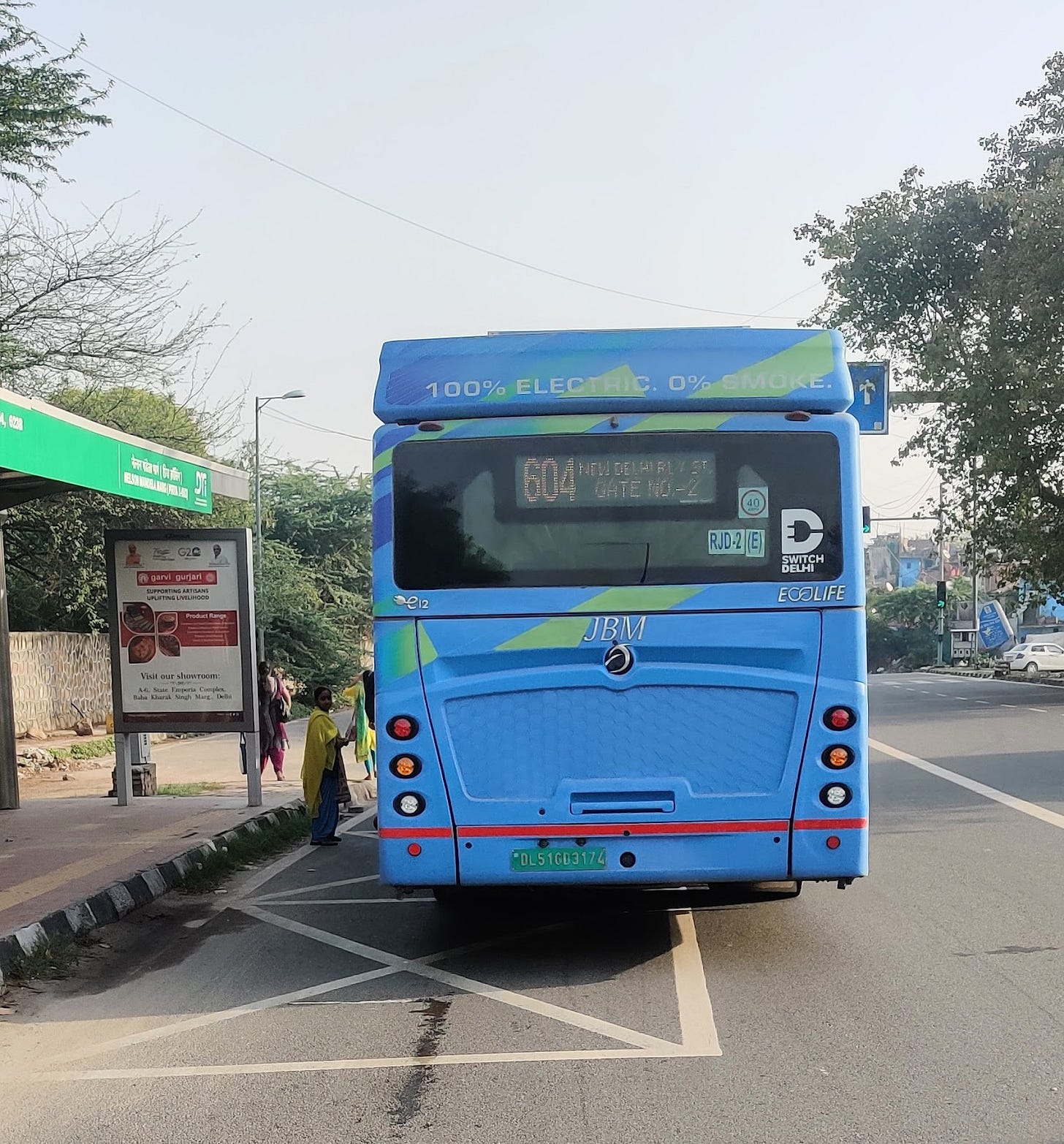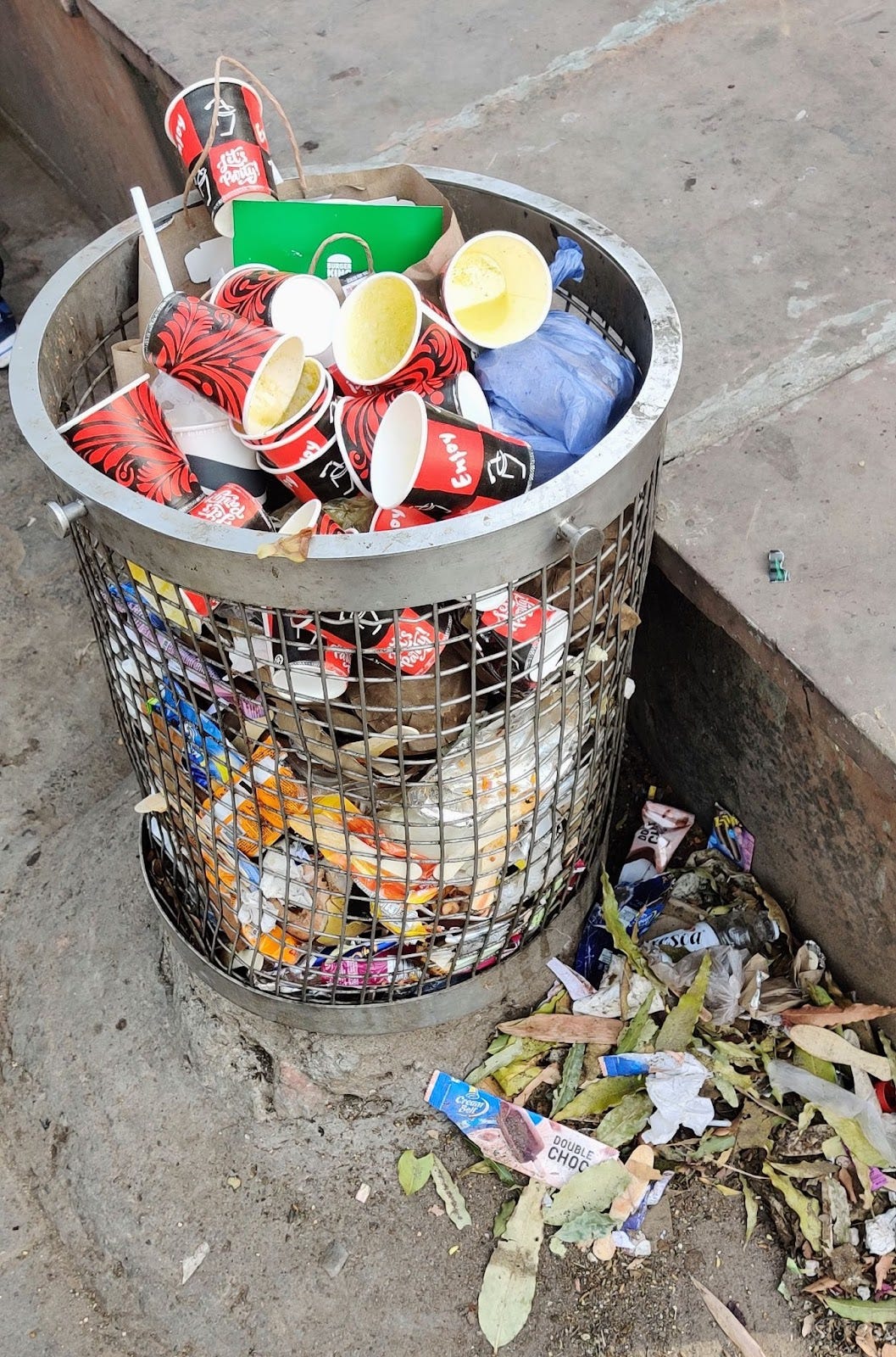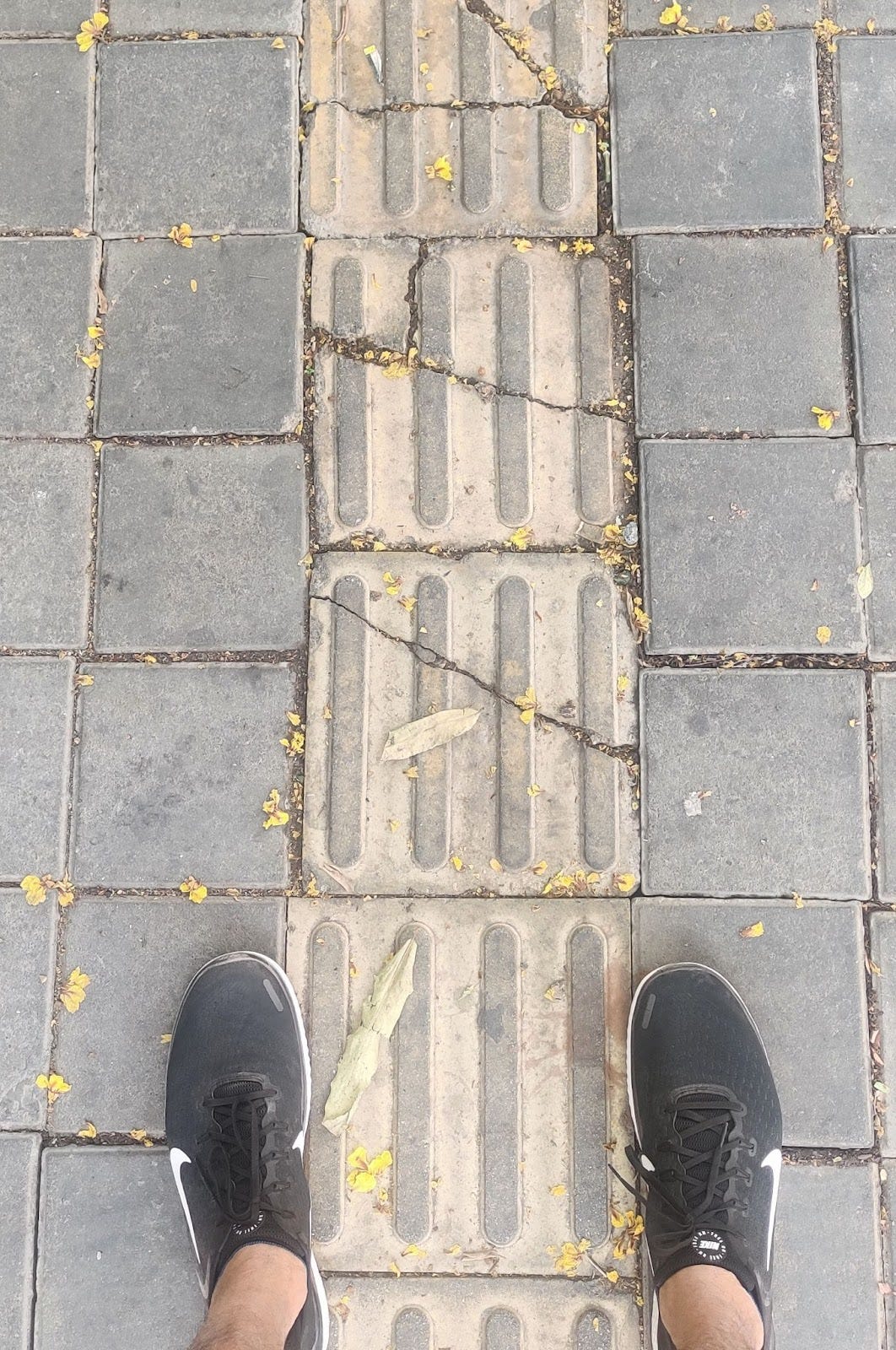Financial Times, February 14, 2023
My first reaction to this news item: “Not possible! This is not a cottage-sector start-up; this is the house of Tata.”
My second reaction - “It will get sorted, and pretty soon the Tata casing factory will hit global quality standards.”
My third reaction, which prompted the pictures you see below, was to recall a Hindi phrase we used a lot when I was younger, “unees-bees”. Literally “nineteen-twenty”, it was typically used to convey that the difference was not really worth fretting about, and if you insisted on precision, you were being pernickety. My sister worked a great deal in the crafts, both with her own hands, and in commissioning work, and the widespread attitude of “unees-bees” used to get her goat -
“We can’t continue to approach work in this fashion, if we are to take our place in the world.”
Over the last week, I’ve been keeping my eyes open for examples of India 19-20. Here are a few:
Parking 19-20
So standard, most of us don’t even regard traffic lanes or bus boxes as more than street ornamentation. When the roads get crowded, and lane driving could be a prophylactic against chaos, any sense of order breaks down completely.
Trash bin 19-20
When I took this photograph, I asked myself,
“Am I being pernickety here? I mean, most of the trash is in the bin, right? Why be so demanding?”
Which is exactly the issue here - maybe it is time we got demanding, at least with ourselves.
Goat Cheese 19-20
This was an exquisite dish, ordered at one of my favorite Delhi restaurants. The two tables that seated six diners had been joined before we walked in, and their surfaces didn’t align. The service - as always - was efficient, and impeccable, but I was bemused to see that when the waiter put the plate down, he didn’t notice that it was out of kilter.
Bengaluru sidewalk 19-20
I walk a lot, and across the country, the sidewalks are a mess. The sidewalks of central Bengaluru were redone amid major fanfare two years ago, and I believed we would now get to use high quality pedestrian infrastructure. No such luck - I have found that paving stones require a high level of precision, firstly in preparing and compacting the underlying soil, and then in placing the slabs. Any imperfections in the execution get amplified by the weight of usage, and when the slabs no longer lie flat, they crack easily.
There is an obvious economic dimension to the quality of infrastructure - it is planned to deliver utility over a certain lifespan, but when the execution doesn’t match the plan, you end up with a very low return on the capital employed, which is something a poor nation can ill afford.
I used to ask myself - Which comes first, progress, or attention to quality?
Now, I think it is a false dichotomy, and an essential component of progress is attention to quality.








Thanks, Pranay - I'm open to that insight, and I wonder how the attitude to precision varies from one developing nation to another.
I will look for evidence, and any research.
Many of our works are definitely in the 'nau-do-gyaarah' range.
After writing to you this morning, I was wondering about the channels that link prosperity and quality.
I can see a channel from quality to prosperity via a better return on investment; not clear how the other channel would work.
The common observation is that the two accompany each other.